Noise: the pollution hazard people in the EU need to hear about

The summer holiday season is in full swing. Who doesn’t long to escape to a quiet mountain village or secluded beach? But getting there by car, train or plane adds to the high levels of noise pollution affecting millions of Europeans across the continent.
According to the latest estimates from the European Environment Agency (EEA), more than one in five EU citizens is exposed to chronically harmful levels of environmental noise, and the number is higher in urban areas.The main source is road transport – both in cities and the countryside – followed by rail and airport noise.
The World Health Organization (WHO) says noise is the second biggest environmental cause of health problems, right behind the impact of polluted air.
Noise pollution is part of the European Commission’s goals towards zero pollution. It aims to reduce the share of people by 30 percent who are chronically disturbed by transport noise by 2030, compared to 2017 levels.
The EU identifies noise pollution thresholds in its Environmental Noise Directive (END). However, it does not not set limits for noise nor prescribes measures that states have to include in action plans to manage noise. This lies within the competencies of the Member States.
It also regulates noise emission at its source, for example by introducing legislation on how much noise vehicles may produce. These thresholds refer to exposure levels of 55 decibel (dB) or above during the overall day-evening-night period (Lden) and 50 dB at night (Lnight). 55 dB refers to moderate sounds, like the equivalent of a residential street or a normal conversation.
How noise harms us
While 55 dB may not sound like much, the WHO warns that chronic exposure to environmental noise has effects both on people’s physical and mental health. “Living in an area affected by transport noise is associated with an increased risk of developing a wide range of health issues. Included are cardiovascular, metabolic, and mental health conditions,” it said back in 2018.
If the WHO’s own stricter criteria (between 45, 53 and 54 Lden for aircraft, road and railway noise respectively) are applied to the EU, the figure of 20 percent exposure – or about 106 million people – rises to over 30 percent.
Prolonged exposure contributes to 48,000 new cases of heart disease and 12,000 premature deaths in Europe each year. Furthermore, it is estimated that over 22 million people suffer from severe chronic discomfort and 6.5 million have sleep problems. Environmental noise is also associated with cognitive and mental disorders.
Dr María Ángeles Bonmatí of the Spanish Sleep Society (SES) explained that night-time noise prevents the relaxation and disconnection necessary to fall asleep. “It can abruptly wake us up or keep us in superficial stages of sleep, which causes the quality of sleep to deteriorate as a result of changes in its structure: we take longer to fall asleep, we wake up earlier than we need to, or we spend less time in deep sleep and REM sleep,” she said.
Enduring noise during the day is associated with increased blood pressure and stress, coupled with a worsening mood, she added. “It is important for citizens to understand the importance of sleep and rest for their neighbours and, furthermore, for institutions to protect a scarce commodity such as silence.”
In addition to human health, environmental noise also has negative impacts on terrestrial and aquatic wildlife, causing behavioral disorders, communication difficulties, and impaired reproductive capacity.

Who makes all that noise?
Transport noise has been identified as the main culprit, and road traffic is the primary source of noise pollution. In an assessment released in December last year – based on 2022 data – the EEA identified a marginal decrease in that area of exposure but warned in the same breath that this could be offset by more people moving to urban areas and thereby increasing traffic levels.
A decrease in aircraft noise seen in the data – likely an effect of the Covid-19-pandemic – was however short-lived: As Eurocontrol stated earlier this summer, with 37,000 flights on peak days, traffic volume – and therefore noise – are back to pre-pandemic levels.
In France, the government announced last week that it had tightened the conditions for night flights at Paris-Orly airport in order to reduce noise pollution, without going so far as to reduce the number of flights, as requested by environmentalists and local residents.
Among the new measures is “a partial curfew from 10 p.m. for the noisiest aircraft – only the quietest aircraft will be allowed to land and take off after 10 p.m.,” the Transport Ministry said in a statement. To protect the sleep of local residents, France’s second-busiest airport is also subject to a strict ban on nighttime flying between 11.30 p.m. and 6 a.m.
Following prolonged protests by environmentalists and residents against the noise, the government also announced a national plan to increase the use of soundproofing aids around major airports.
Psssst!
Efforts across Europe to reduce noise pollution are patchy and often down to provinces or even local municipalities.
Data from ISPRA, Italy’s environmental research institute, showed that a large portion of the population is exposed to noise levels that exceed the limits recommended by the WHO, both overall and during nighttime. Yet, several regions have no noise pollution legislation enacted and less than two thirds of municipalities approved a tool for managing noise pollution.
In Spain, about 60 percent of the population is exposed during the day to noise levels that exceed the WHO’s limit, according to 2024 data from the SES. According to the EEA, noise pollution causes more than 1,000 premature deaths and 4,000 hospitalisations each year.
Some of the noise pollution can also be down to people: In historic neighbourhoods of Madrid, Barcelona and Valencia, where many homes lack air conditioning and opening the windows is essential to cool down, getting a decent night’s sleep is a true mission impossible in summer.
Legal action over the racket now extends well beyond bars and has seen anti-noise associations sprout across the country. “The only thing that makes us different from other countries is that we are noisier,” Spanish writer Ignacio Peyro wrote recently in the daily newspaper El País.
In Germany, several of the country’s states called on the federal government back in 2023 to demand stricter laws against traffic noise. According to statistics by the federal environment office UBA from the same year, some 8,5 million Germans are exposed to health-endangering noise levels on major roadways alone, while 6.4 million suffer from loud railway traffic.
The environmentalist group Environmental Action Germany (Deutsche Umwelthilfe) calls for a speed limit of 30 kilometres per hour within settled areas as an effective means to reduce road noise.
Levels of noise pollution in bloc membership candidate North Macedonia sit around the European average, but it’s quieter in terms of tourism and crowds compared to many holiday hotspots. According to the statistics of the Ministry of the Interior, the most popular touristic destination Ohrid records the most reports of noise disturbance.

Time to invest in earplugs?
The European Court of Auditors (ECA), in a report released in January, had a closer look at the Commission’s anti-pollution policies and took it to task over gaps and delays in assessing and reporting of noise pollution by Member States. It also bemoaned the lack of EU limit values or reduction targets for noise. “We consider that the lack of EU noise reduction targets disincentivises member states to prioritise actions to reduce noise pollution effectively,” the auditors wrote.
Cities had a hard time to take effective measures, due to lack of coordination between authorities, doubts regarding the effectiveness of measures and resistance from residents, the ECA added. It recommended introducing EU-wide targets in the END and aligning noise exposure targets with those recommended by the WHO by 2029.
The lack of reporting makes it difficult to assess progress. Looking forward to 2030, the EEA said in its 2025 assessment that the target of reducing the number of people affected by transport noise by 30 percent was “off track”. Progress relative to the 2017 baseline was only 2 percent.
This article is published twice a week. The content is based on news by agencies participating in the enr.






















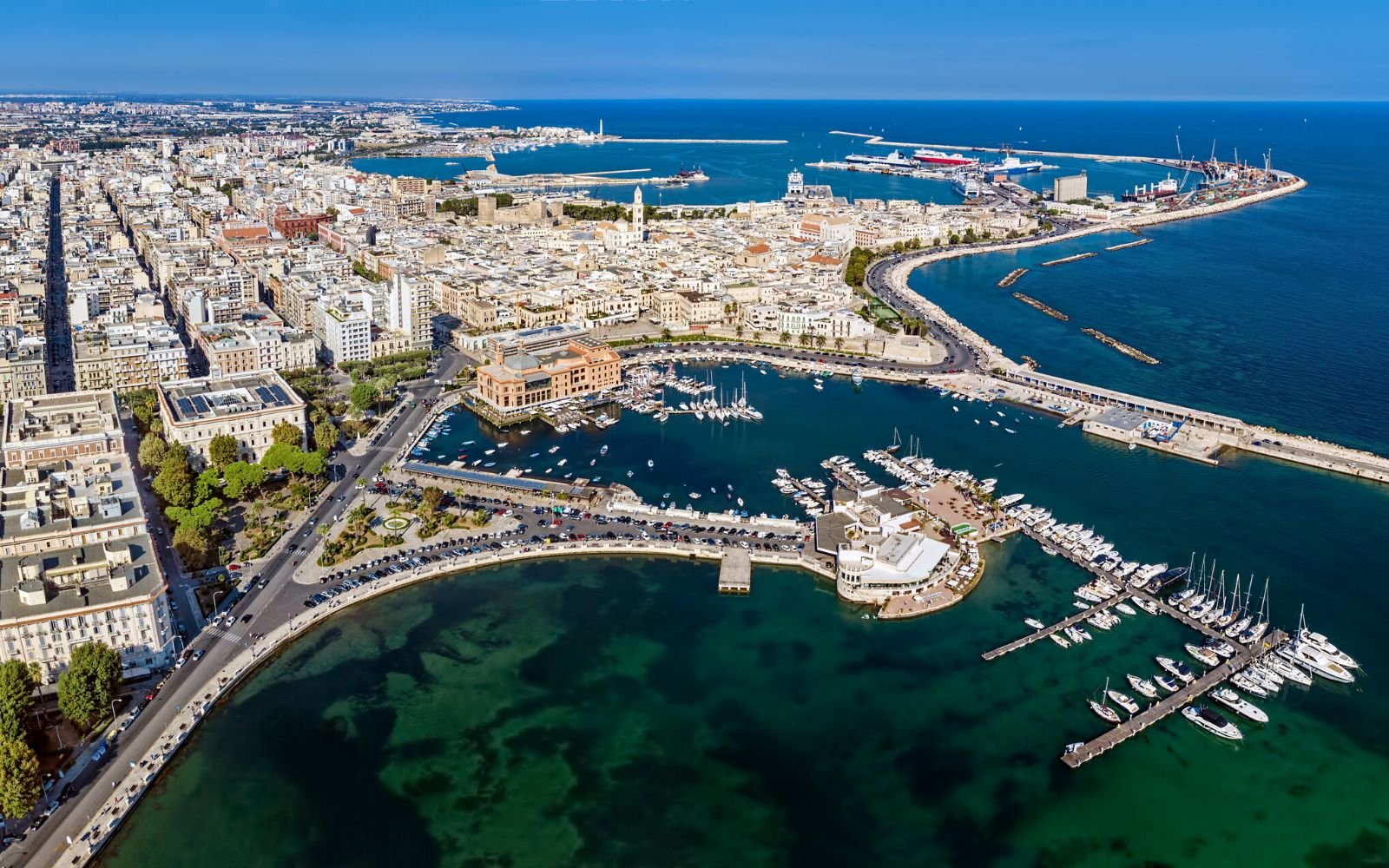
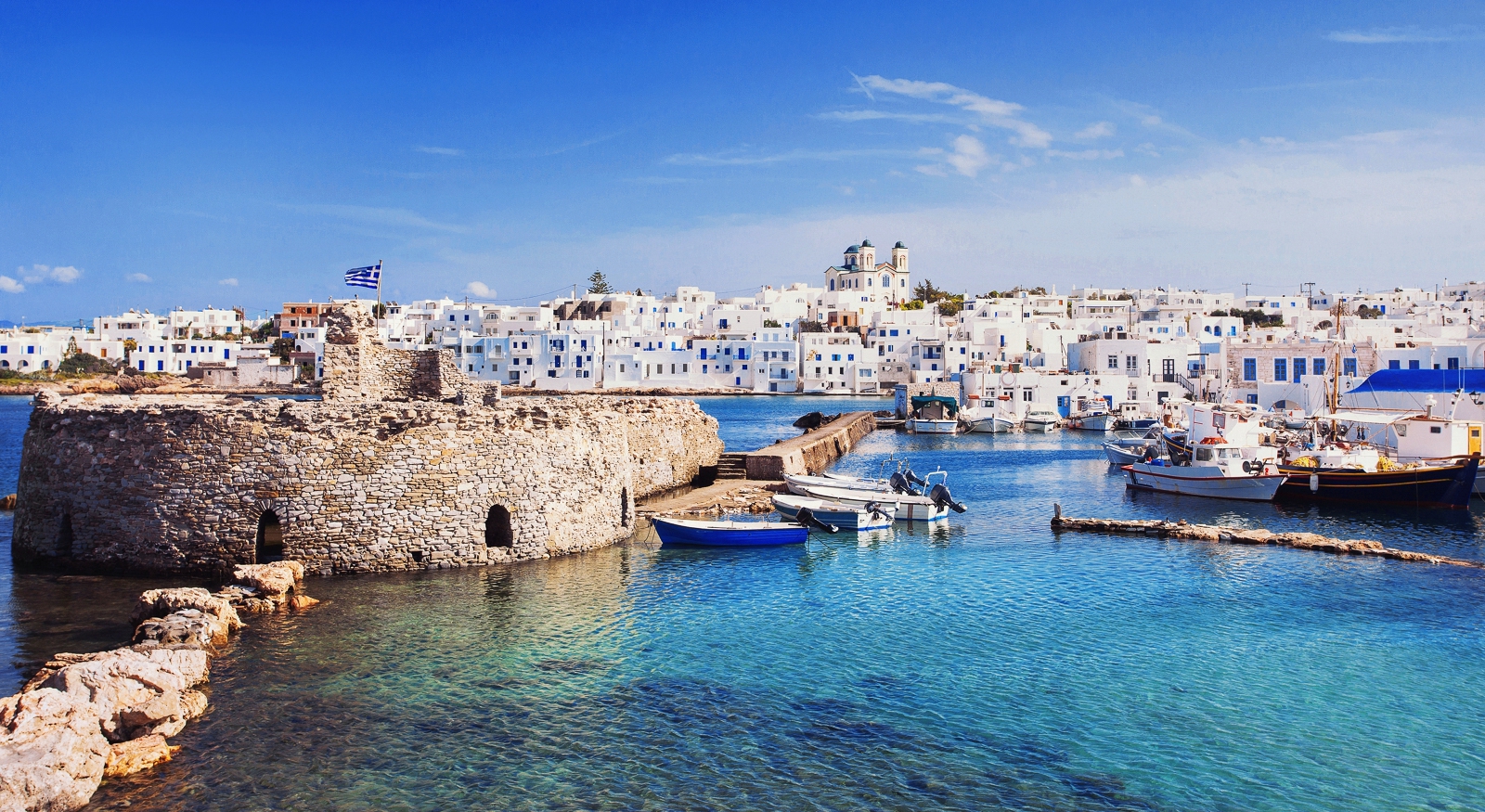












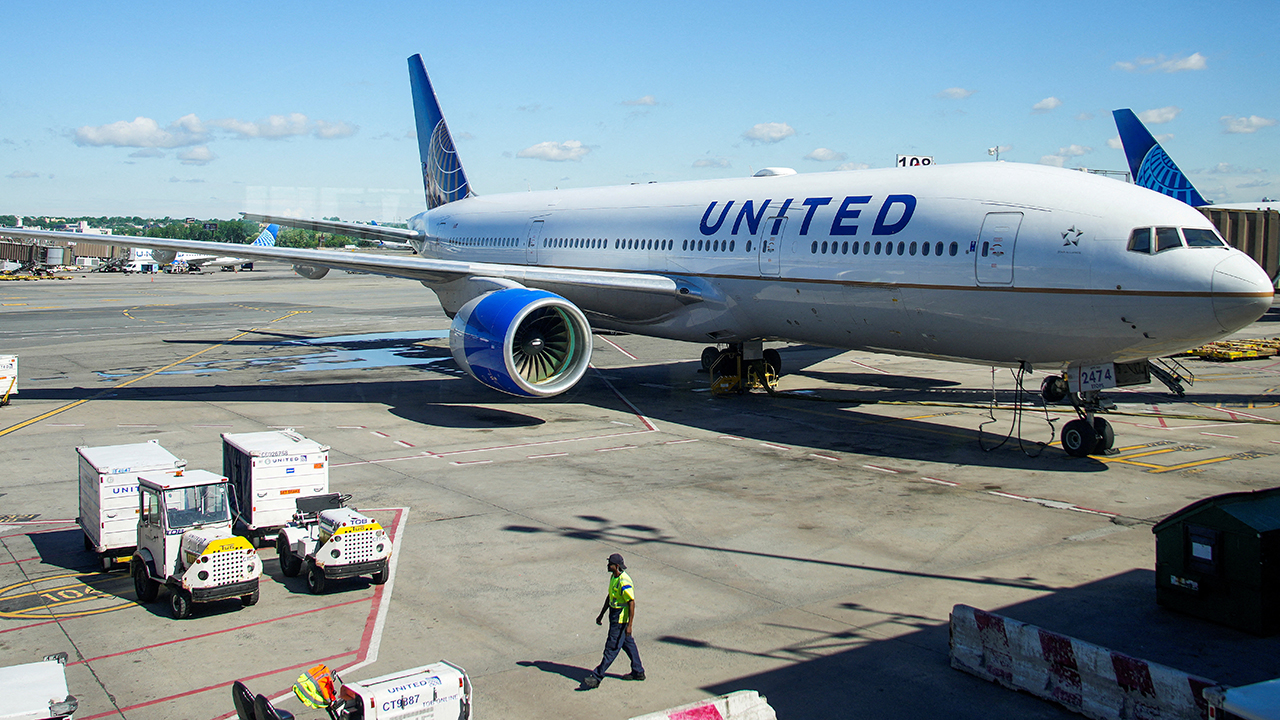

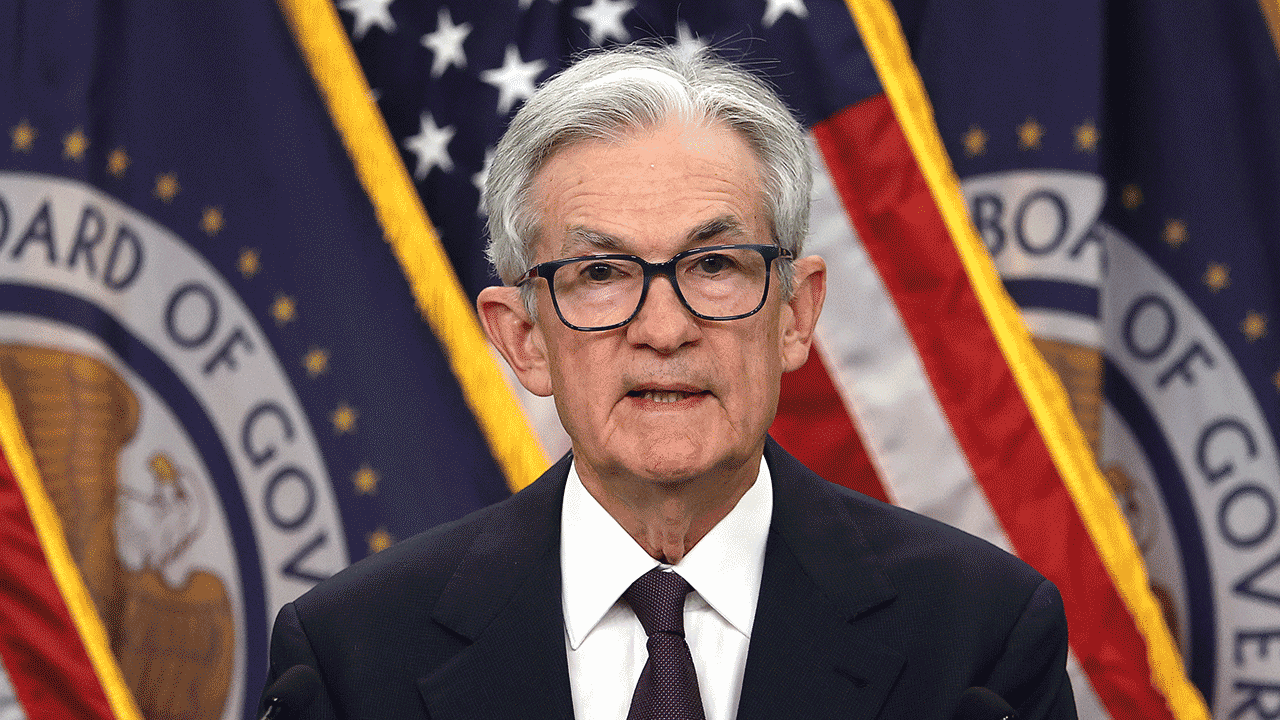


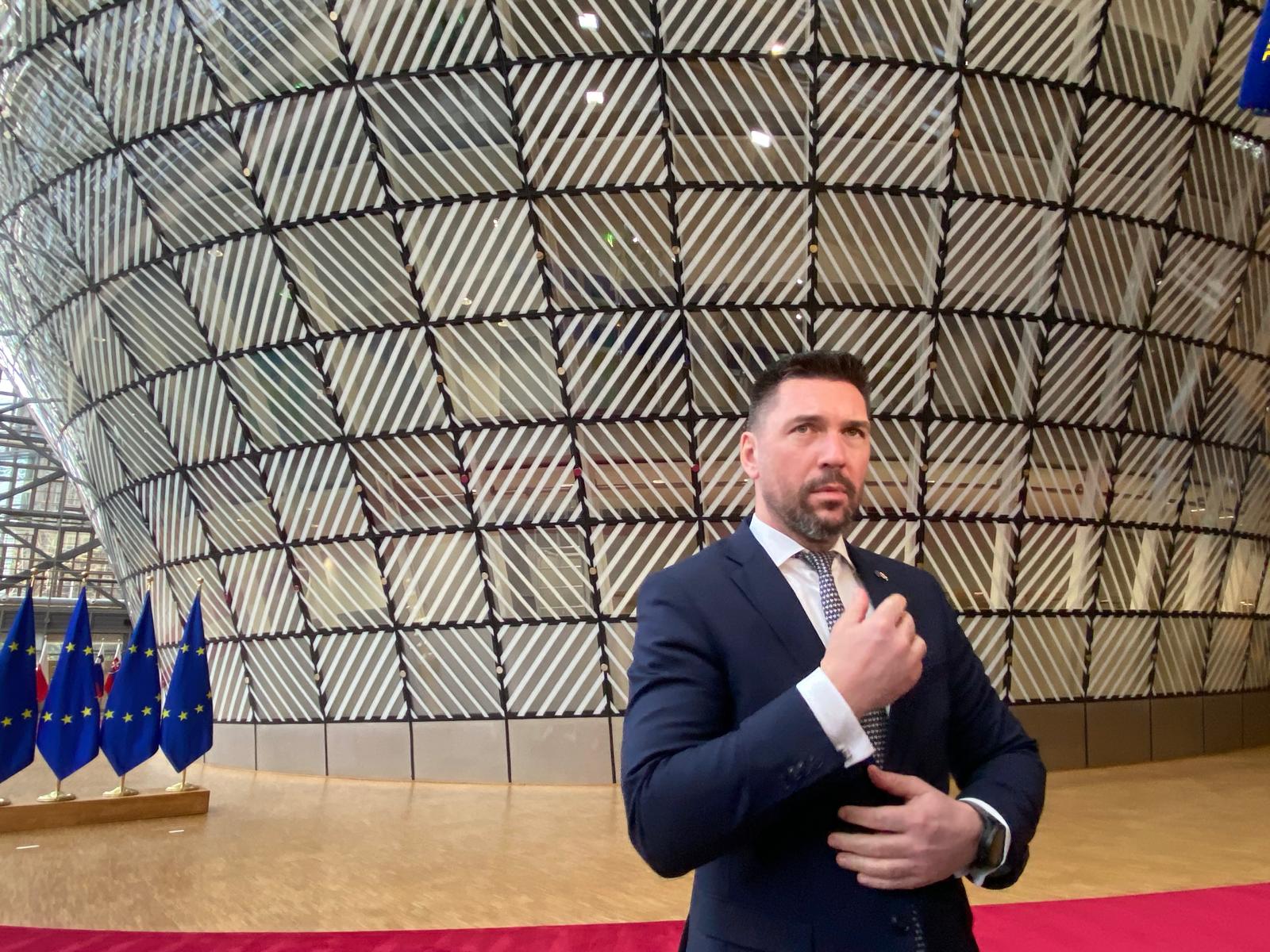
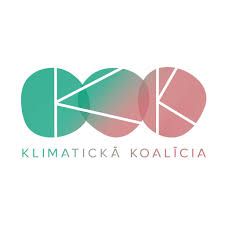






.png?Expires=1838763821&Key-Pair-Id=K2ZIVPTIP2VGHC&Signature=IO0~CT3pU-TcxGc~yoZSmoQx23MZVuK-~4jSii~NKEblRmyO3el7NXPu~Rh1o23voASg7hlcHLw4kvQuDK1jssEhcjoNBBvEpZ~GGOAU6yosBhpHpeF179F~h7i6VxmsBNh9gtTutkoqY73O2YCFey~IAqSzKbBqETP1kP9cAg1916Z1YkJJs-5MliMrkZ5d7-mWGLbpHp2wGj2VlMph8XzYlL4~y1O7fB~JdIS~Rs4RMRs2x0WT1qUIpHAsf3GdwtOyAmKFSpIg8xCyNGZZ5h~13nXlmpd7uPvW8tBfttpG9pFTqcway-uch5WyfHOEfi7UlJCOWrr6fCYY5PMgSg__)
